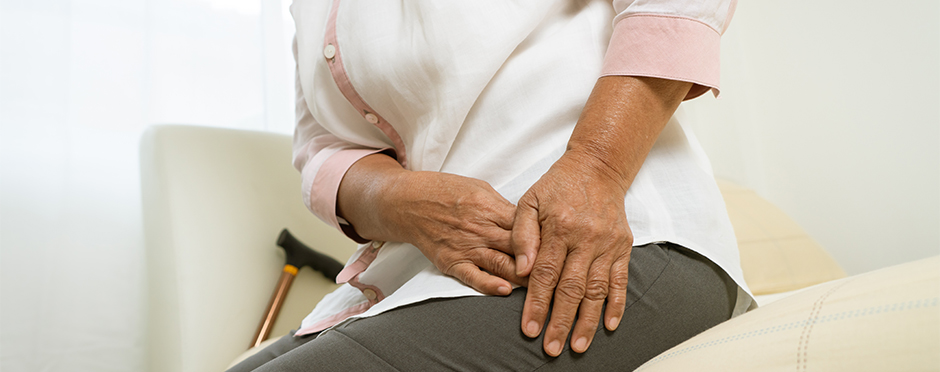
Stand Up To Hip Pain: 3 Ways That Physical Therapy Can Put Pain In The Past
Leave a CommentChronic hip pain can be a real pain! It is a condition that can affect many people and has an overall prevalence of 10% in the population. At times, it can be very stressful when nothing seems to help the nagging pain that you have each day. Thankfully, physical therapy has been shown to help patients with chronic hip pain tremendously. Below are helpful tips that can ease your pain and get you back towards moving pain-free again.
Strengthening The Hip Muscles
Improving the strength, and subsequently the endurance, will go a long way in building work capacity for the hip. The higher amount of work you can tolerate, the more you’re able to do without nagging pain setting in. This is where cardiovascular training can help support pain reduction in conjunction with resistance training, as it’s an easy way to increase work capacity and can be done in a non-impact manner (i.e., cycling). My favorite movements to help strengthen the hip are hip abduction, hip extension, hip hinges, bridging, squatting.
Here is a blog with great exercises to strengthen the hips.
Stretching The Hip
The hip is a ball-and-socket joint and has a large range of motion. The surrounding musculature needs to be able to support those ranges. Through a multitude of factors that occur with life and aging, the general trend is we get less mobile and flexible with age, and we need dedicated work to focus on this mobility area. Maybe this has caused your walking strides to decrease, and by increasing them you can utilize your hips to better support your movements.
Alleviating Extra Hip Stress
This is primarily done through weight loss. Obesity is both a risk factor and exacerbation factor of osteoarthritis, a common cause for chronic hip pain. There are a multitude of sources that point towards weight reduction being a helpful part of pain reduction in individuals who have hip or knee osteoarthritis3,4. A weight reduction of 5-10% of body weight has been readily proven to help with all objective measures in all populations.
Take Your Next Step Towards Living Pain-Free
Having a constant, nagging pain in your hip is not a fun way to go about life. Thankfully, there are ways you can alleviate your pain to various degrees, and physical therapy is one of the best options to go with because of the active approach to the treatment. If you are struggling with hip pain, contact your local Athletico today to get started with a free assessment. Free Assessments are available in-clinic and virtually through our Telehealth platform.
*Per federal guidelines, beneficiaries of plans such as Medicare, Medicaid, Tricare, VHA and other federally funded plans are not eligible for free assessments.
The Athletico blog is an educational resource written by Athletico employees. Athletico bloggers are licensed professionals who abide by the code of ethics outlined by their respective professional associations. The content published in blog posts represents the opinion of the individual author based on their expertise and experience. The content provided in this blog is for informational purposes only, does not constitute medical advice and should not be relied on for making personal health decisions.
References:
1. Picavet HS, Schouten JS. Musculoskeletal pain in the Netherlands: prevalences, consequences and risk groups, the DMC(3)-study. Pain. 2003;102(1-2):167-178. doi:10.1016/s0304-3959(02)00372-x
2. https://gmb.io/hip-mobility/
3. Paans N, van den Akker-Scheek I, Dilling RG, et al. Effect of exercise and weight loss in people who have hip osteoarthritis and are overweight or obese: a prospective cohort study. Phys Ther. 2013;93(2):137-146. doi:10.2522/ptj.20110418
4. Bliddal H, Leeds AR, Christensen R. Osteoarthritis, obesity and weight loss: evidence, hypotheses and horizons – a scoping review. Obes Rev. 2014;15(7):578-586. doi:10.1111/obr.12173
